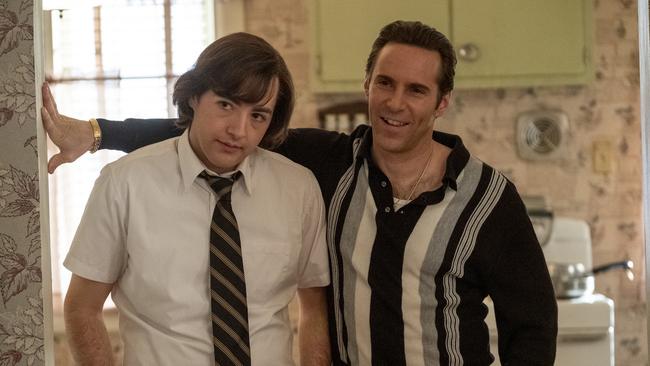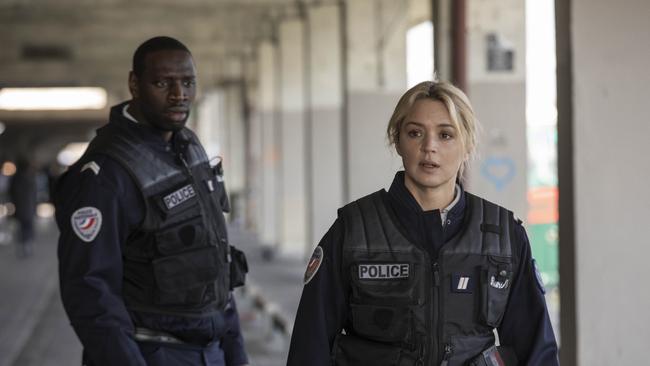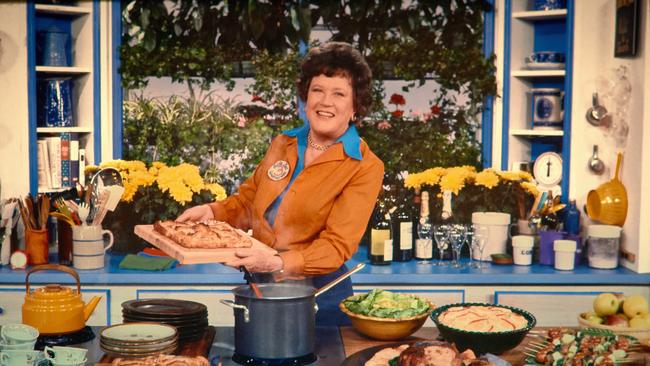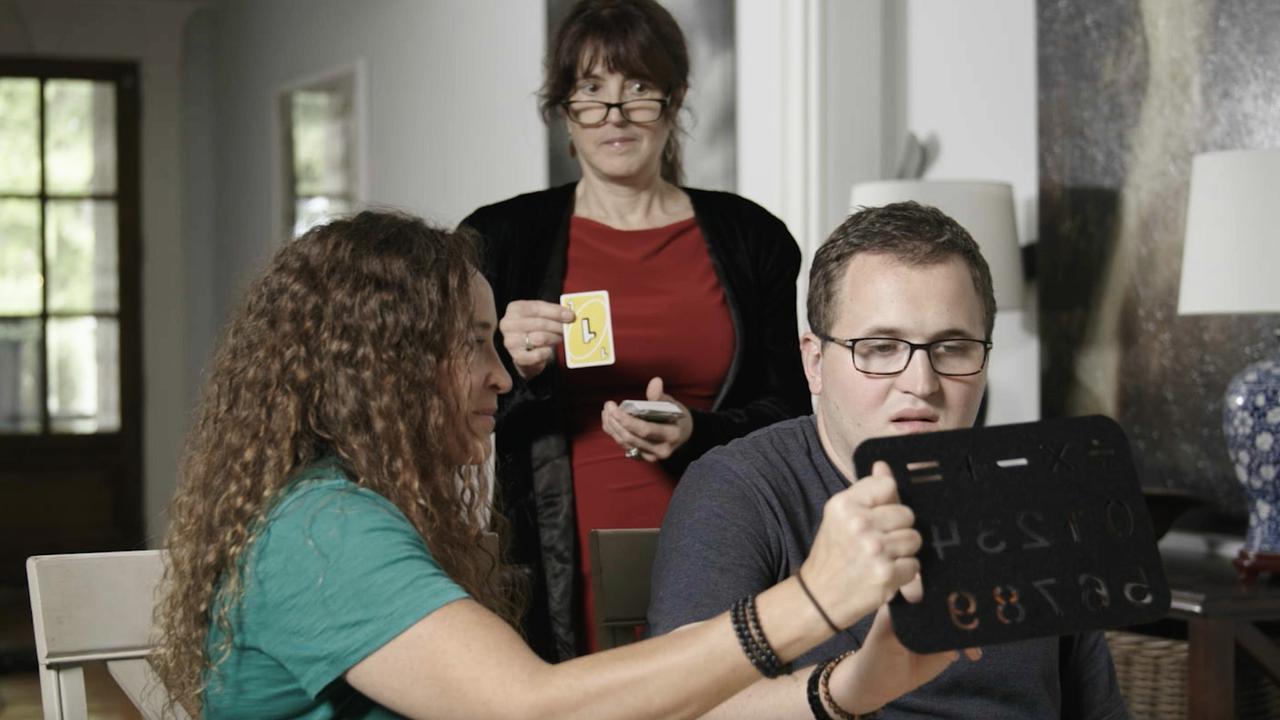The Many Saints of Newark
How bright boy Tony falls into the ‘family’ business is revealed in absorbing Sopranos prequel The Many Saints of Newark.

The Many Saints of Newark (MA15+)
In cinemas
★★★★
Fourteen years after the conclusion of the iconic TV series The Sopranos (1999-2007) comes The Many Saints of Newark, a stand-alone feature movie designed to explore the origins of the mobster family who entertained millions. For those millions of fans, the new film will no doubt be an exciting prospect; for those, like me, unfamiliar with the television origins, the film works as a tense and absorbing thriller, a sort of cousin to Martin Scorsese’s gangster movies.
The film is set in Newark in the summer of 1967 – the summer of love, some called it, and in faraway San Francisco the flower children were celebrating (Scott McKenzie’s song about “gentle people with flowers in their hair” is briefly heard on the soundtrack). There’s not much love in Newark, however, a city divided along racial lines between the established Italian families and the increasingly assertive African Americans.
The film is narrated by a dead man, Christopher Moltisanti (Michael Imperioli) – the Italian surname translates as “Many Saints” – and the main character is Dickie Moltisanti, Christopher’s father (Alessandro Nivola), a superficially charming, nattily dressed middle-rung criminal who acts as a role model for his nephew (they’re not precisely blood relatives), young Tony Soprano (William Ludwig), a bright, observant kid whose father, Johnny Boy (Jon Bernthal) is often behind bars.
This child will, of course, grow up to be the focal point of the TV series, but in the meantime we see him on the margins of the family, watchful, learning from the examples of the adults, including his mother, Livia (Vera Farmiga).
Relatively small-time criminal activities are committed by Dickie and his crew – a crew that includes Corrado “Junior” Soprano (Corey Stoll), Paulie (Billy Magnussen), Silvio (John Magaro) and Big Pussy (Samson Moeakiola). The Italians employ Harold McBrayer (Leslie Odom Jr), a proud and increasingly radicalised African American, to do some of their dirty work.
Dickie rules the roost – until his surly father, “Hollywood Dick” Moltisanti (the formidable Ray Liotta), who has been visiting his homeland, returns from Naples bringing with him a beautiful young wife, Giuseppina (Michela De Rossi), who was recently named Miss Provolone 1967. Giuseppina speaks little English at first, and seems lost in this strange new world, while her husband is prone to smacking her around when the mood takes him. It’s after a particularly vicious beating that Dickie decides to stand up against his father, with unexpected consequences. During this same period, Newark is shaken by racial violence in the aftermath of a white cop’s treatment of a black taxi driver. Buildings are set on fire, looters run riot.
Four years pass; it’s 1971 (Dirty Harry is playing in the local cinema) and young Tony has become a teenager and is now played, in a key piece of casting, by Michael Gandolfini, son of the late James Gandolfini who, of course, played Tony in the TV series. From here on, Tony becomes a little more involved in the family’s increasingly hazardous activities, though at this point his main “crime” is the hijacking of an ice cream truck. In a series of intriguing scenes, Dickie begins a series of visits to his uncle – also played by Liotta – who is doing prison time and who is free with advice and perceived wisdom.
Directed by Alan Taylor – who won an Emmy for directing much of the original series – and written by the show’s creator, David Chase, in collaboration with Lawrence Konner, The Many Saints of Newark is a beautifully crafted period thriller with its own distinctive flavour. No doubt devotees of the series will have different opinions as to the value of this backstory, but seen in isolation, as an intense and sometimes violent story of a dysfunctional family, the film is richly rewarding in its own right.
–
Night Shift (Police) (M)
In cinemas
★★★
In 2019, France deported 24,000 illegal aliens. Director Anne Fontaine’s Police (curiously retitled Night Shift in English) homes in on the story of one of them and of the police officers given responsibility for the deportation.
Virginie (Virginie Efira) is a dedicated law officer. Married, and the mother of a small child she hardly sees because of work pressures, she has recently had a secret affair with a colleague, Aristide (Omar Sy) and as a result is pregnant. She has decided to have an abortion but in the meantime has been assigned to work alongside Aristide and the older Erik (Gregory Gadebois), who is going through a marital crisis and who has a drinking problem. Their mission is to escort Tajikistan refugee Tohirov (Payman Maadi) to Charles de Gaulle Airport and to put him, against his will, on a plane that will take him back to his homeland.
After an encounter with a refugee advocate, Virginie breaks protocol and opens a sealed dossier on Tohirov, a dossier that warns he may well be killed if returned to Tajikistan. She consults with Aristide and they decide they will try to allow the man to escape. Tohirov doesn’t speak a word of French, so this begs the question: How do they think he will survive if they turn him loose on the streets? The film, based on a 2016 novel by Hugo Boris, doesn’t address this crucial issue.
As a result there’s something of a chasm between the gritty realism of the police procedural scenes and the less than believable elements that climax the film. Which is a pity because the very eclectic director, whose CV contains several films on widely different themes, otherwise does a solid job. All four of the central performances are strong, and the claustrophobic scenes that take place inside the confines of a police van are admirably handled.

–
Julia (M)
In cinemas
★★★½
A documentary about the life and work of celebrity chef Julia Child (1912-2004), this entertaining film should definitely not be seen on an empty stomach.
Child, whose 1961, 726-page book Mastering the Art of French Cooking, written in collaboration with Simone Beck, challenged the way Americans – and indeed the rest of the western world – prepared food, comes across as a dedicated, articulate and often very amusing woman.
Born in Pasadena, California, Child discovered French cuisine when she and her diplomat husband, Paul, moved to Paris after World War II. “I hadn’t been turned on until I got into French food,” she later asserted. “I never looked back.”
In the early 1950s, she enrolled in Le Cordon Bleu, the oldest cooking school in Paris – one of only a tiny handful of women to be accepted.
It took 12 years to write Mastering the Art, which was eventually published by Knopf and became a huge bestseller, the first of many books on cooking she would write. Interviewed for the book on TV in Boston, she insisted on preparing an omelette on camera; as a result the small public broadcasting station, WGBH, decided to produce her own show, The French Chef, which first went to air in 1963 and which ran for years.
Child’s talent was to make cooking fun. She made mistakes on camera (“You must be fearless,” she would say) and she disdained people not interested in food as “lacking personality”.
She saw her program as “really a teaching show” and all over America people learned from her. Her use of huge amounts of butter, her rich sauces and cheerful patter were loved by viewers. In her later years she railed against nouveau cuisine (“I hate health food”) while at the same time supporting sometimes controversial causes, such as Planned Parenthood. She organised a benefit for AIDS victims.
Filmmakers Julie Cohen and Betsy West were able to access vast amounts of vintage Child culled from her TV series, commencing with the very first show in which she prepared a boeuf bourguignon. Fans of Child and her style of cooking will be well rewarded by this cheerful documentary.




